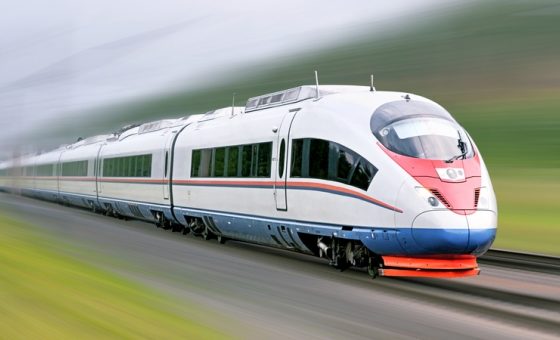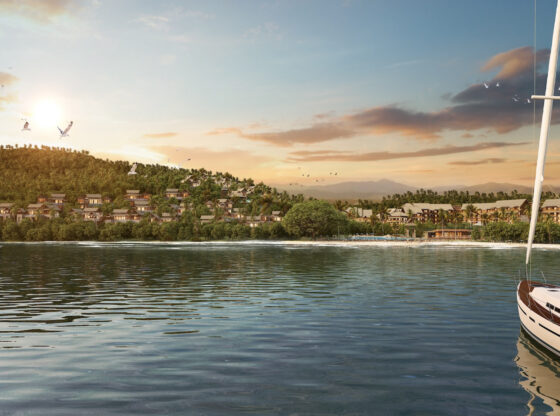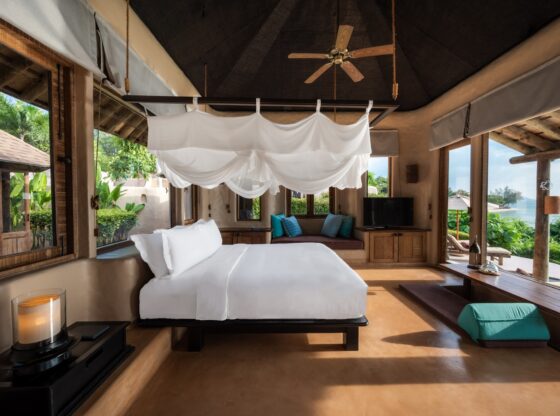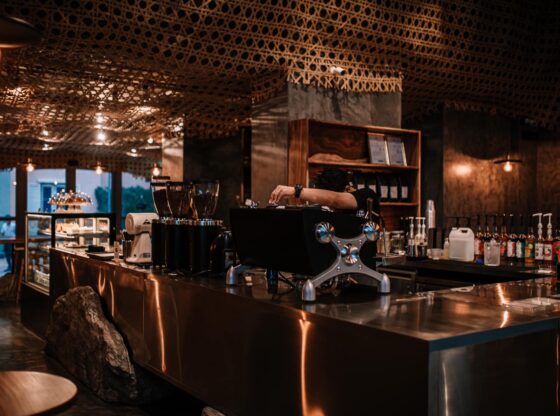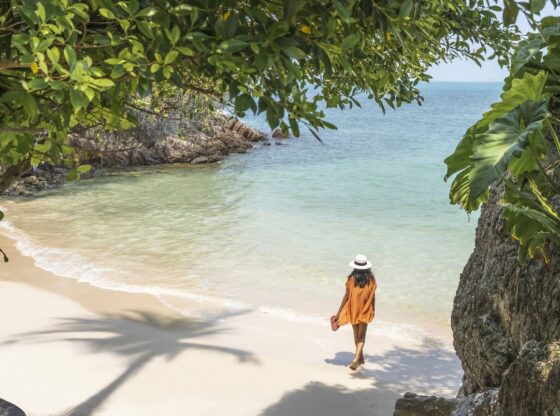![]()
It will bring the Bangkok/Pattaya megapolis a giant step closer
It’s my belief that the high-speed rail link will be the making of Pattaya. I’ll say that again … the making of Pattaya. Estimated travel times of 45 minutes are being quoted between Bangkok and U-Tapao airport. So, I think we can knock a conservative eight minutes off that time for arrival in Pattaya.
Imagine it, from Bangkok to Pattaya in a little more than 35 minutes. If that doesn’t persuade Thais to set up home in Pattaya and travel to work in Bangkok, nothing will. I would expect many of the currently vacant properties to be snapped up and the demand for new ones to increase.
I’m not just saying that because I write for a property magazine (though let’s own up to the fact that it would be excellent for the magazine’s prospects if my prediction proves correct). No, it’s a sincere belief buoyed up by personal experience of how good infrastructure can have a positive impact on a city, town or area.
In the UK, you can add thousands of pounds to a property price if there is a rail service that will get you to London in less than an hour. Many people commute from where I am – Peterborough in the East Midlands – to the English capital because there is a fast service that takes around 50 minutes to cover the 100 miles.
Just a few miles up the road from Peterborough – in Lincolnshire – property prices drop considerably because the train service is nowhere near as good.
Of course, the Bangkok-Pattaya high-speed rail service will meet with disapproval from taxi drivers who find trips to and from the Thai capital very lucrative. Though I believe this will be short-lived and there will be a place for all forms of transport after the surge of interest in the train quietens down.
Personally, I would prefer to be able to avoid taking a taxi to Suvarnabhumi. Four times out of five I draw the short straw and either get a driver who is engaged in a “how close can I get to the car in front?” competition or one who looks like he (or she) has been at the wheel for 24 hours and appears to be dropping off to sleep. Sound familiar?
Roll on with the high-speed train link – the sooner the better! However, I’m a little troubled … and I’ll explain why.
In my early days as a junior reporter on a local paper in London I was taught the six Ws – When? Who? Why? What? Where? and How? Admittedly, the last one was a tad contrived. But it was a useful mnemonic .
I was told that all well written stories answered those questions and, right up until this day, I think this old tenet holds true.
So, let’s apply it to this rail situation …
When? Already I’m getting into difficulties. No amount of investigation on the internet is coming up with an answer.
Back in 2013 the Bangkok Post ran an article saying it was thought the link would be open in 2018 – last year. Obviously, that fell by the wayside. Remember, a detailed feasibility study was carried out in 1994 so the idea behind this link is nothing new. Perhaps the fact that by last year nothing tangible had happened is no great source of surprise.
Admittedly, a year ago (February 2018) the same publication ran an article saying that money had been set aside to buy the land. Progress!
The bidding process was due to start last March according to some reports with the winners to be announced in September-October. At the time of writing, I believe we’re still waiting to hear. Though Murphy’s Law dictates an announcement will be made as we’re going to print.
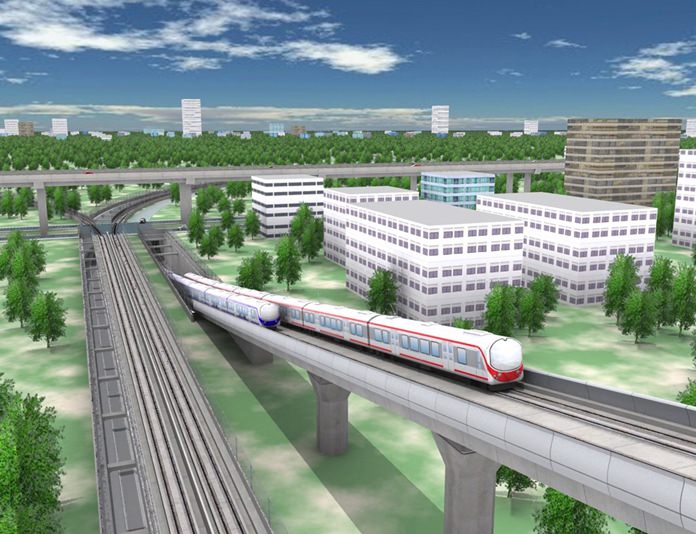
Construction is still estimated to take five years so we could be looking at 2024 – or are we?
I don’t ask that to be mischievous, but experience tells me that few things run to plan in Thailand. The more you want something, the less likely you are to get it when you want it. Murphy’s Law again.
Who? It’s a State Railway of Thailand (SRT) project, but for the first half century (at least) it is likely to be run by private enterprises. Which enterprise is yet to be announced, but don’t be surprised if it has either a very Japanese- or Chinese-sounding name.
Why? Thai authorities want a rail link between the three airports close to Bangkok at Suvarnabhumi, Don Mueang and U-Tapao. The lines may be extended to Trat on the Cambodian border to the south and Chiang Mai (or beyond into China) to the north. The line will also improve access to the ports of Laem Chabang and (if the extension south is built) to Mab Ta Phut. All good for trade and tourism and, whisper it softly, the Thais themselves may find it all advantageous.
What? Simply put – it’s the high-speed rail link.
Where? Already covered under “why?”
How? How indeed! Lands needs to be bought. Stations need to be built or upgraded. Road links to stations are likely to be needed. This is no “all we need to do is find the money” task. Although finding the money will present a challenge. State money has been set aside to buy the land and business investments will pay for the actual railway. The how of the methods used to build it are yet to be revealed.
When up and running the trains will travel at up to 250kms per hour (about 155mph) on rural stretches – cattle on track permitting; speeds will drop to 160kms per hour (100mph) in built-up areas.
There will be six stations initially – Bangkok, Chacherngsao, Chonburi, Sri Racha, Pattaya and U-Tapao. Predicted fare from Bangkok to Pattaya is Bt270. This worries me. Already the state railway has lost vast sums of money (reportedly Bt1.78 billion) on the line that links Suvarnabhumi with Phaya Thai in central Bangkok. With fares pitched at this level I’m not sure business investors will be interested.

I fully appreciate that there will be those among you saying: “Don’t encourage the authorities to put the fares up.”
But there is a balance to be had here. Pitch the fares too low and the possibility of someone pulling the plug increases. We don’t want that. Make the figure too high and everyone will be jumping in their cars and trucks again. There is a balance, but I’m not sure that Bt270 is it.
By Dave Buckley


